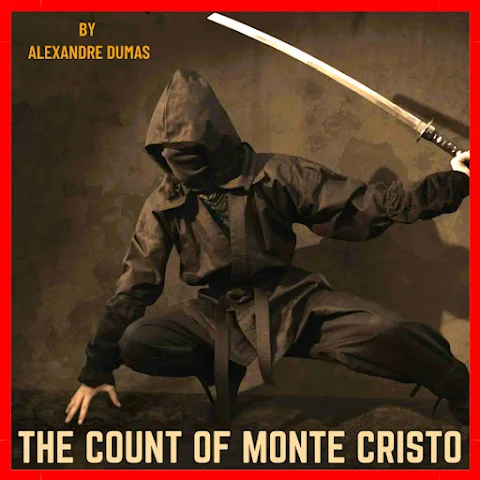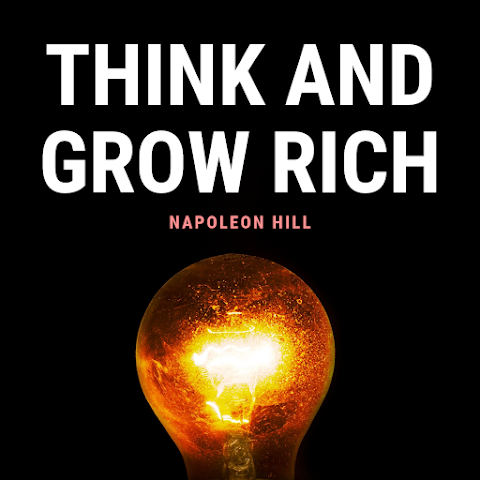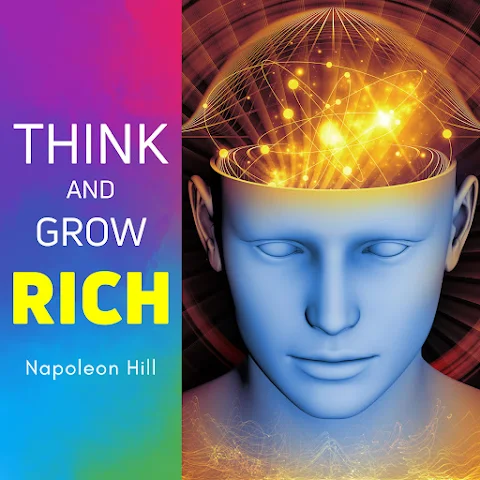The Treasure That Made Everything Possible
Let's talk about the elephant in the room - or should I say, the treasure in the cave? The fortune that transforms Edmund Dantès into the Count of Monte Cristo is so massive, so convenient, that readers often wonder: could something like this actually exist? Well, buckle up, because the answer is more fascinating than you might think!
The Spada Treasure: What Dumas Tells Us
In the novel, the treasure belonged to Cardinal César Spada, hidden on the island of Monte Cristo in the early 1800s. The fortune includes:
The Treasure's Contents:
- Gold Ingots: Thousands of pounds of pure gold
- Precious Stones: Diamonds, rubies, emeralds, pearls
- Ancient Coins: Roman and medieval currency
- Art Objects: Priceless artifacts and jewelry
- Total Value: 13 million francs (billions in today's money)
The Real Island of Montecristo
Here's where it gets interesting - the island is REAL! Montecristo (yes, one word) is an actual island in the Tuscan Archipelago between Corsica and Italy. Today it's a nature reserve, but its history is wilder than fiction!
Real Facts About Montecristo:
- Location: 23 miles south of Elba
- Size: About 4 square miles
- History: Used by pirates and smugglers for centuries
- Caves: The island has numerous caves and grottoes
- Access: Now restricted as a nature preserve
Historical Treasures That Inspired Dumas
Dumas didn't just make this up - he was inspired by real treasure stories from history. The 19th century was full of tales about hidden fortunes, and many were actually true!
Real Hidden Treasures of Dumas' Era:
- The Templars' Treasure: Hidden when the order was dissolved
- Napoleon's Loot: Fortunes hidden during his campaigns
- Pirate Hoards: Mediterranean pirates' accumulated wealth
- Church Treasures: Hidden during various revolutions
- Noble Fortunes: Aristocrats hiding wealth from revolutionaries
The Cardinal Spada Connection
While Cardinal César Spada is fictional, the Spada family was real! They were a noble Roman family, and Dumas likely knew their history. The real Spadas were indeed wealthy and powerful, making them perfect for his story.
The Real Spada Family:
- Origin: Noble family from Rome
- Peak Power: 16th-17th centuries
- Wealth: Extensive properties and art collections
- Cardinals: Several family members became cardinals
- Legacy: The Spada Palace still exists in Rome
How Realistic Is Finding Such a Treasure?
Now, let's get real - what are the chances of finding a treasure like Edmund did? While it sounds like pure fantasy, history is littered with similar discoveries!
Real-Life Treasure Discoveries:
- Staffordshire Hoard (2009): Anglo-Saxon gold worth millions
- Hoxne Hoard (1992): Roman treasure found by metal detector
- Atocha Treasure (1985): Spanish galleon cargo worth $450 million
- Saddle Ridge Hoard (2013): Gold coins worth $10 million
- Fenn Treasure (2020): Hidden chest found after decade-long hunt
The Mediterranean: A Treasure Hunter's Paradise
The Mediterranean Sea, where Montecristo sits, has been a crossroads of civilization for millennia. It's seen countless shipwrecks, pirate raids, and hidden caches. Finding treasure there isn't impossible - it's just incredibly rare!
Why the Mediterranean Is Special:
- Trade Routes: Centuries of merchant ships
- Pirates: Barbary corsairs and others hid loot
- Wars: Countless conflicts led to hidden wealth
- Islands: Perfect hiding spots for valuables
- Caves: Natural vaults in coastal cliffs
The Economics of the Count's Wealth
Let's talk numbers. The Count's fortune is described as 13 million francs. In 1844 money, that's absolutely staggering. But how much is that really?
Breaking Down the Fortune:
- 1844 Value: 13 million francs
- Buying Power: Could buy multiple estates
- Today's Equivalent: Approximately $5-10 billion
- Perspective: Enough to influence governments
- Reality Check: Among the largest fortunes of the era
Could One Person Control Such Wealth?
The Count doesn't just have money - he has liquid wealth he can access immediately. This is actually the most unrealistic part! Even the richest people of Dumas' time had their wealth tied up in land and investments.
Wealth Management Challenges:
- Physical Gold: Extremely heavy and hard to transport
- Banking System: Limited international transfers
- Conversion: Selling gems without raising suspicion
- Storage: Keeping fortune secure and accessible
- Documentation: Explaining wealth's origin to authorities
Modern Treasure Hunting on Montecristo
Believe it or not, people STILL search for treasure on Montecristo! The island's connection to the novel has made it a magnet for treasure hunters, though it's now protected.
Modern Montecristo:
- Nature Reserve: Protected since 1971
- Limited Access: Only 1,000 visitors per year allowed
- No Digging: Treasure hunting is illegal
- Legend Lives: Tourists still dream of finding caves
- Real Treasures: Rare wildlife and pristine nature
The Psychology of Treasure in Literature
Why did Dumas include such a massive treasure? It's not just about making Edmund rich - it's about power, transformation, and justice. The treasure is a literary device that enables everything else.
What the Treasure Represents:
- Divine Justice: Reward for innocent suffering
- Enablement: Power to right wrongs
- Transformation: From victim to victor
- Independence: Freedom from society's constraints
- Responsibility: The burden of great wealth
Real Treasure-Inspired Crimes
The Count of Monte Cristo has actually inspired real treasure hunts and even crimes! People have been so convinced by the story that they've searched for the "real" Spada treasure.
Monte Cristo Treasure Incidents:
- 1950s Expedition: Italian team searched Montecristo
- Illegal Landings: Treasure hunters caught on island
- Fraud Schemes: Con artists selling "treasure maps"
- Academic Interest: Historians studying possible sources
What If You Found Such a Treasure Today?
Let's say you actually found the Spada treasure tomorrow. What would happen? The reality is far more complicated than in Dumas' time!
Modern Treasure Discovery:
- Legal Claims: Government would claim ownership
- Taxes: Massive tax obligations
- UNESCO: Cultural heritage protections
- Media Circus: Instant worldwide attention
- Security: Protecting yourself and the treasure
The Lasting Mystery
Here's the beautiful thing about the Monte Cristo treasure - it doesn't matter if it's "real" or not. The story's power comes from what Edmund does with the fortune, not where it came from. The treasure is just the beginning of the real adventure.
Could It Happen Today?
In our modern world of digital money and financial tracking, could someone use a found treasure to reinvent themselves like the Count? It would be infinitely harder, but perhaps not impossible. The real treasure in the story isn't the gold - it's the knowledge, patience, and determination Edmund gains.
The Ultimate Truth
Whether inspired by real treasures or pure imagination, Dumas created something more valuable than any fortune - a story that has captivated readers for nearly 200 years. That's the real treasure of Monte Cristo!


